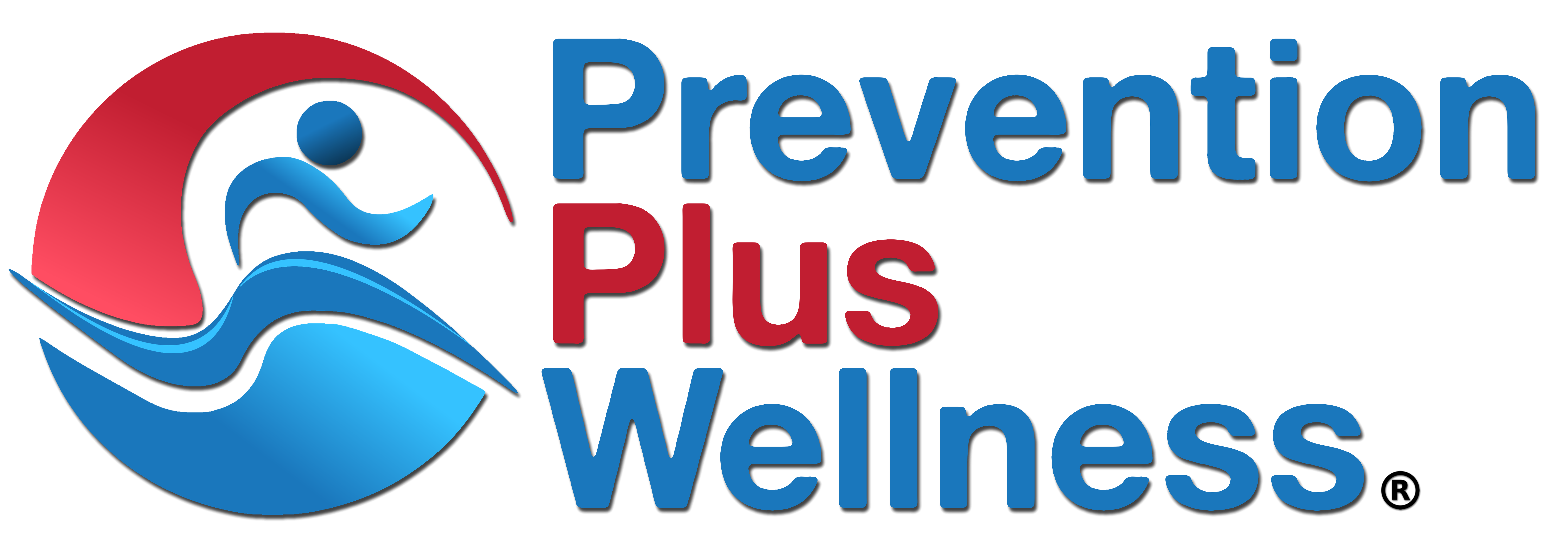The need for evidence-based and evidence-informed substance use prevention programs has never been greater, with a seemingly constant stream of new reports in the media about deaths, injury and serious problems associated with youth drug and alcohol use.
The pain and suffering felt by families and communities due to increases and/or unacceptably high levels of alcohol, tobacco, marijuana and other drug use among our youth and young adults highlights the critical need for practical, cost-effective prevention.
Unfortunately, typical substance use prevention programs have a number of problems that limit their feasibility, appeal and effectiveness. Some of the problems prevention programs commonly have include:
- Narrowly targeting only single (e.g., marijuana use) or related behaviors (e.g., drug use), thereby limiting the breadth of their effects and eliminating the potential for wellness outcomes
- They don’t address health behavior associations, including how improving healthy habits can help prevent substance abuse
- Emphasizing negative content and images, reducing their appeal, reception and effectiveness
- They are too lengthy and/or complicated, limiting their use in time-strapped settings and by busy individuals
These same limitations, however, are also what makes Prevention Plus Wellness (PPW) evidence-based prevention programs so unique. The following article highlights 10 ways PPW programs differ from other substance use prevention interventions.
1. Brief Messages & Training
One hallmark to all Prevention Plus Wellness programs is that they are brief (sometimes just one lesson) and can therefore be implemented in nearly any setting where youth and young adults are found, such as schools, colleges, youth organizations, sports associations, hospitals, homes, etc. In addition, training to become certified implementers and trainers is also brief, allowing even the busiest of professionals, parents and youth to become certified to provide PPW programs.
2. Positive Images & Norms
Another innovation unique to Prevention Plus Wellness programs is that they trigger implicit positive peer and future desired images of young people. Using appealing images is supported by theory (e.g., Behavior-Image Model), research, and decades of image advertising by businesses and corporations. Image content found in PPW programs is designed to increase the normative belief that young people are active, fit and avoid risk behaviors, and provide youth with an opportunity to take concrete steps to improve their positive self-images.
3. Healthy Habits
Prevention Plus Wellness programs don’t just address the avoidance of substance use. They also aim to increase healthy behaviors, such as physical activity and sports participation, healthy eating, getting adequate sleep, and controlling stress. In addition, PPW programs help youth understand that substance use interferes with healthy behaviors and achieving a positive self-identity.
4. Healthy Body Image
Research has indicated that Prevention Plus Wellness programs can increase healthy body image among youth. This is likely due to content depicting feel-good images, a variety of healthy looking youth, and a focus on healthy habits, along with appearance images.
5. Goal Setting
Prevention Plus Wellness programs promote the development of self-regulation skills by learning to set and monitor goals not only to avoid specific types of substance use, but also increase one or more health promoting behaviors. This type of multiple behavior goal setting is unique to PPW programs, and includes a public contract designed to increase commitment and motivation to follow through on goals set.
6. Behavioral Health Recommendations
Unique to Prevention Plus Wellness programs are specific health recommendations addressing each of the targeted health habits, such as an advised amount and level of physical activity for youth each week. These recommendations provide participating youth and young adults with guidelines for setting their personal wellness goals.
7. Parent-youth Communication
In addition to Prevention Plus Wellness programs for use by health and prevention specialists, PPW also offers parent tools to motivate Prevention Plus Wellness lifestyles among their youth. These tools include flyers, lessons, and contracts parents can use to communicate brief, powerful positive image messages designed to motive their kids to avoid substance use and increase healthy habits to achieve positive self-identities.
8. Parent-youth Health Resources
In addition to parent-youth communication tools, PPW also offers website resources for parents and their youth. These health resources were selected to provide both parents and their kids with high quality information about each key health behavior, including physical activity and sports, healthy eating, getting adequate sleep, reducing stress, and avoiding alcohol and drug use.
9. Spiritual Fitness
Prevention Plus Wellness also provides an innovative program specifically designed to connect the promotion of physical, mental and spiritual well-being of youth. In God’s Image is a three-lesson program for faith-based settings and youth leaders who wish to promote the overall physical and spiritual fitness of their young people.
10. Evidence-based & Evidence-informed
All of Prevention Plus Wellness programs are either evidence-based or evidence-informed. Our evidence-based programs (SPORT & InShape PPW) have undergone rigorous evaluation and are listed on numerous evidence-based data bases. Other PPW programs are founded on the same evidence-based theoretical and program models to ensure the highest quality strategies for effective substance use prevention PLUS wellness promotion.
Conclusions
The need for evidence-based and evidence-informed substance use prevention programs has never been greater. Unfortunately, typical prevention programs suffer from a number of critical limitations. The good news is that Prevention Plus Wellness programs not only lack typical prevention program problems, but they have 10 unique advantages distinguishing them from common alcohol, tobacco and drug use prevention strategies.

